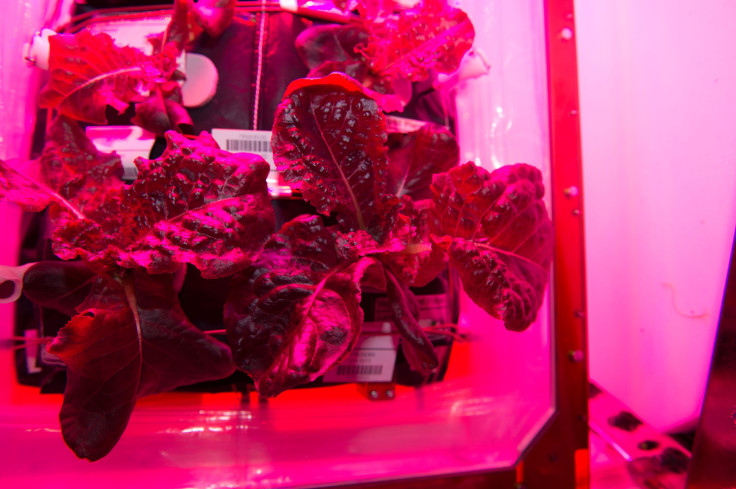Astronauts May Make Food Out Of Poop On Long Space Missions

Astronauts heading out on long-term space missions to explore the solar system and the universe might have to pack microbes in their suitcases so they can transform human waste into the food they are going to eat throughout the trip.
Certain microbes would treat the waste and then grow edible material out of it as it breaks it down, according to a team of researchers. Their study in the journal Life Sciences in Space Research investigates the idea, saying that their laboratory experiments on an artificial waste that imitates what humans produce resulted in food that people could eat or feed to animals like fish.
“Future long-term manned space missions will require effective recycling of water and nutrients as part of a life support system,” the study says. “Biological waste treatment is less energy intensive than physicochemical treatment methods.”
In the setup, one set of microbes’ breakdown of the artificial waste created methane that fed a different microbe, Methylococcus capsulatus. That grew into a “biomass” with enough protein and fat to potentially support astronauts. The study says it could be “directly consumed.”
The biomass was 52 percent protein and 36 percent fat.
According to a statement from Pennsylvania State University, the transformation was quick and could be done in a way that limits pathogens from growing.
“It’s a little strange, but the concept would be a little bit like Marmite or Vegemite where you’re eating a smear of ‘microbial goo,’” researcher Christopher House said in the statement. “Anaerobic digestion is something we use frequently on Earth for treating waste. … It’s an efficient way of getting mass treated and recycled.”
If they are not eating microbes directly, people already eat food that has been created through the work of microbes. Yogurt, for example, comes from bacteria acting upon lactose in milk.
Using microbes to turn waste into something edible would save the space and weight of packing massive amounts of food onto a spaceship and save the energy and water that would be needed to grow edible plants.
M. capsulatus is already used to feed animals on the ground.
House called the system “faster than growing tomatoes or potatoes.”

© Copyright IBTimes 2024. All rights reserved.



















